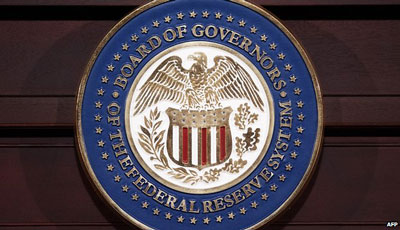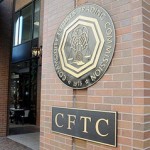U.S. bank regulators set to adopt liquidity, swaps margin rules

U.S. bank regulators plan to adopt on Wednesday rules forcing big banks to hold more assets that they could sell easily in a credit crunch, a requirement that is closely linked to the experience of the 2007-2009 financial crisis.
Regulators also will unveil a separate proposal governing how much money swaps buyers and sellers must set aside when they make trades outside central clearing houses.
The liquidity rules, which call for big banks to hold enough liquid assets to meet their cash needs for 30 days, are a key pillar of the international agreement known as Basel III. They aim to ensure banks have easy-to-sell assets on hand so they could meet customer withdrawals or post collateral in a crunch.
U.S. regulators in October 2013 proposed liquidity requirements that were more stringent than the global agreement, with a shorter phase-in period for domestic banks such as JPMorgan Chase and Goldman Sachs than their foreign counterparts would face.
The final rules, to be unveiled on Wednesday, have already sparked protests. That is because regulators will spell out which assets count as highly liquid. Banks will have to hold a minimum amount of these assets, such as U.S. Treasuries.
In a separate action, regulators expect to re-propose margin requirements for swaps trades conducted outside clearing houses.
Swaps, which mushroomed during the pre-crisis boom and were lightly regulated, largely must now be routed through clearing houses, or middlemen that take on the risk that trading partners will not deliver on their promises.
Source: Reuters





























